
Orthodontic treatment aims at improving the aesthetics and function of the oro-facial region. Most of these changes are brought about using appliances that move teeth or modify the growth of jaws. These appliances are called Orthodontic appliances.
Orthodontic appliances can be:
1. Mechanical appliances
2. Myofunctional appliances
Mechanical appliances exerts mild pressure directly on a tooth or a group of teeth and their supporting structures with help of active components which are part of the appliance itself.
Myofunctional appliance harness the natural forces of the oro-facial musculature, which are transmitted to the teeth and alveolar bone through the medium of the appliance.
Removable appliance as the name suggests are the Orthodontic appliances, which can be inserted into and removed from the oral cavity by the patient.
They were used routinely in the 19th century and are fabricated using stainless steel and acrylic. They can also be used in conjunction with fixed appliance for retention after treatment with fixed appliance.
In America, removable appliance generally refers to the functional appliance that use the oro-facial musculature.
In European countries, removable appliance are considered to be of 2 kinds:
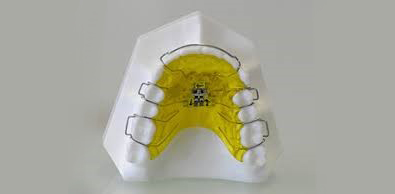
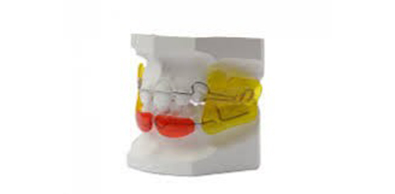
Removable appliances are advantageous as they require less chair time and patient’s ability to maintain the oral hygiene. They are rigid and offers excellent retention in the mouth.
Every entity has its pros and cons. There are some problems which might be faced by the patients on wearing removable appliances like soft tissue irritation. There is increased incidence of caries in patients wearing such appliances. These problems may be reduced if proper oral hygiene is maintained and cleaning of appliance is done daily.
There are some instructions which are essential for the patients while wearing the removable appliances. These are:
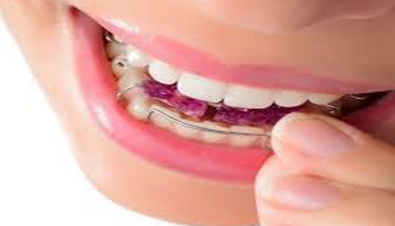
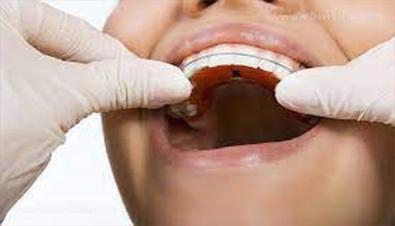
Although removable appliances offer a number of advantages to the patients, they have their limitations as well. Since they can be removed by the patients, there is compliance issues with the removable appliances. The forces which need to be delivered to the teeth for their movement is not adequate enough and is not applied to the tooth for proper duration of time. Hence, removable appliances can not be prescribed for all kind of dental malocclusions. In few cases, these may be advantageous but fixed appliances are recommended as therapeutic appliances for difficult cases and to the patients where compliance is an issue with the patients.
An important aspect of treatment planning is choosing an appropriate appliance for particular patient. Various types of appliances are available from which the Orthodontist has to select the one that is most suited for the patient. Fixed appliances are the Orthodontic appliances that are fixed or fitted onto the tooth surface by the Orthodontists and cannot be removed by the patients at their will.
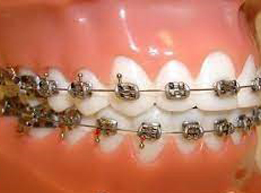
Main components of fixed appliance include bands, brackets, buccal tubes, arch wires, ligature wires, elastics, separators etc.
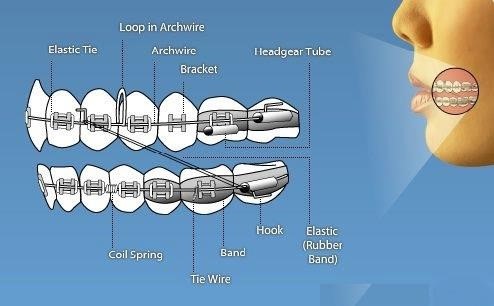
Arch wires are one of the active components of fixed appliances. They can bring about various tooth movements through the medium of brackets and buccal tubes, which act as handles on the teeth. Based on materials used for wires they can be stainless steel, nickel titanium alloys, beta titanium, optiflex arch wires (tooth-coloured wires). Based on cross section they can be round, square, rectangular or multistranded. Each kind of arch wires has their own properties and is required for different types of movement of teeth according to the patient’s need.
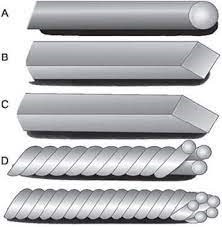
Brackets on the other hand are one of the passive components of the fixed appliance. The have one or more slots that accept the arch wire. They act as handles to transmit the force from the active components to the teeth. There are number of brackets designs or types that are available these days. They can be metal brackets. They can be made of stainless steel or cobalt chromium. The most commonly used are stainless steel brackets.
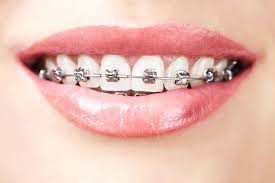
Advantages of metal brackets include:
1. They can be sterilized and recycled.
2. They resist deformation and fracture.
3. They are comparatively less expensive.
Disadvantages includes that they are not aesthetically pleasing to the patient.
Ceramic brackets on the other hand are made of aluminium oxide or zirconium oxide. They are dimensionally stable and do not distort in the oral cavity. They are aesthetically pleasing to the patients. They cannot be recommended in every case as they are brittle and therefore fractures or cracks when undue forces are applied. Enamel chipping or fracture while debonding is a problem often encountered with ceramic brackets.
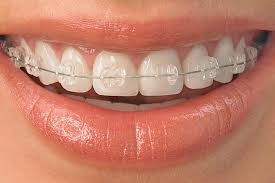
Self ligating brackets can be called ligature less brackets that don’t depend on ligation of the arch wires with brackets. They have an in-built metal labial face, which can be opened and closed. The closing of the labial face secures the archwire in its place. Chairside time reduces with self ligating brackets and oral hygiene maintenance is better in self ligating brackets than the other brackets.
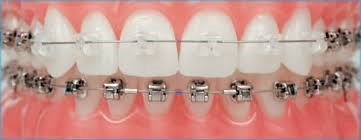
A clear aligner is a custom-made, removable, comfortable dental appliance made from thermoformed medical polycarbonate, which is inert and compatible with human saliva.
These are replaced every other week on average to allow for gentle tooth movement over time according to the clinician’s diagnosis and treatment plan.
Treatment duration, which can range from 3 to 30 months, and cost depend on the extent of tooth malpositioning and malocclusion.
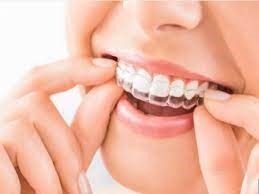
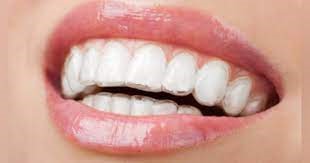
Advantages of clear aligners includes:
The transparency of clear aligner is a key feature and responds to the increasing demand from adult and adolescent patients for discreet orthodontic devices that are more suitable to social and professional life.
During treatment, the patient can remove the aligners to eat or drink or for an important meeting.
Aligners can be inserted on natural or prosthetic teeth, definitive or provisional fixed prostheses (implant-supported or not), and resin and metal removable prostheses.
Custom-made aligners adapt to teeth so that the margin coincides precisely with the dentogingival junction. Lips, cheeks, and tongue naturally slide along aligners as they would teeth.
The computer-assisted design process provides clear images of the progressive tooth movements, allowing the patient to easily understand the treatment plan and immediately visualize the progression of treatment.
Disadvantages includes:
The advantage of removability can become a disadvantage in the absence of patient compliance. Indeed, the patient must be vigilant in wearing an aligner every day for the requisite 22 hours a day and changing it every other week without fail.
In order to become thoroughly familiar with the biomechanics of aligners and master the ClinCheck treatment simulation strategy, clinicians should initially perform only minor movements, such as closure of diastemas and correction of mild crowdings.
Currently, there are some limitations in the range of tooth movement and other movements with the clear aligner system.
Correction involving significant transverse expansion, vertical deficiency , distinct vertical excess , and pronounced sagittal discrepancies (Class II and Class III malocclusions) must be planned in conjunction with orthognathic surgery.
The aligner tends to slide around anatomically round teeth, such as mandibular second premolars. Teeth with significant intrusion or extrusion may require a combination of attachments, elastics, and/or mini-implants.
Clear aligner treatment opens for orthodontists a new era in which they will no longer be considered “wire technicians,” but rather cognitive clinicians whose orthodontic knowledge must be applied before active treatment is begun.
However, undertaking clear aligner treatment is not easy since it requires humility regarding our current knowledge base and open-mindedness toward the sometimes highly technical and dogmatic nature of the system. Nevertheless, it provides exceptional opportunities.
Reviewed By : Dr. Srishti Aditi BDS, MDS Assistant Professor at BBDCODS (Consultant Orthodontist)
